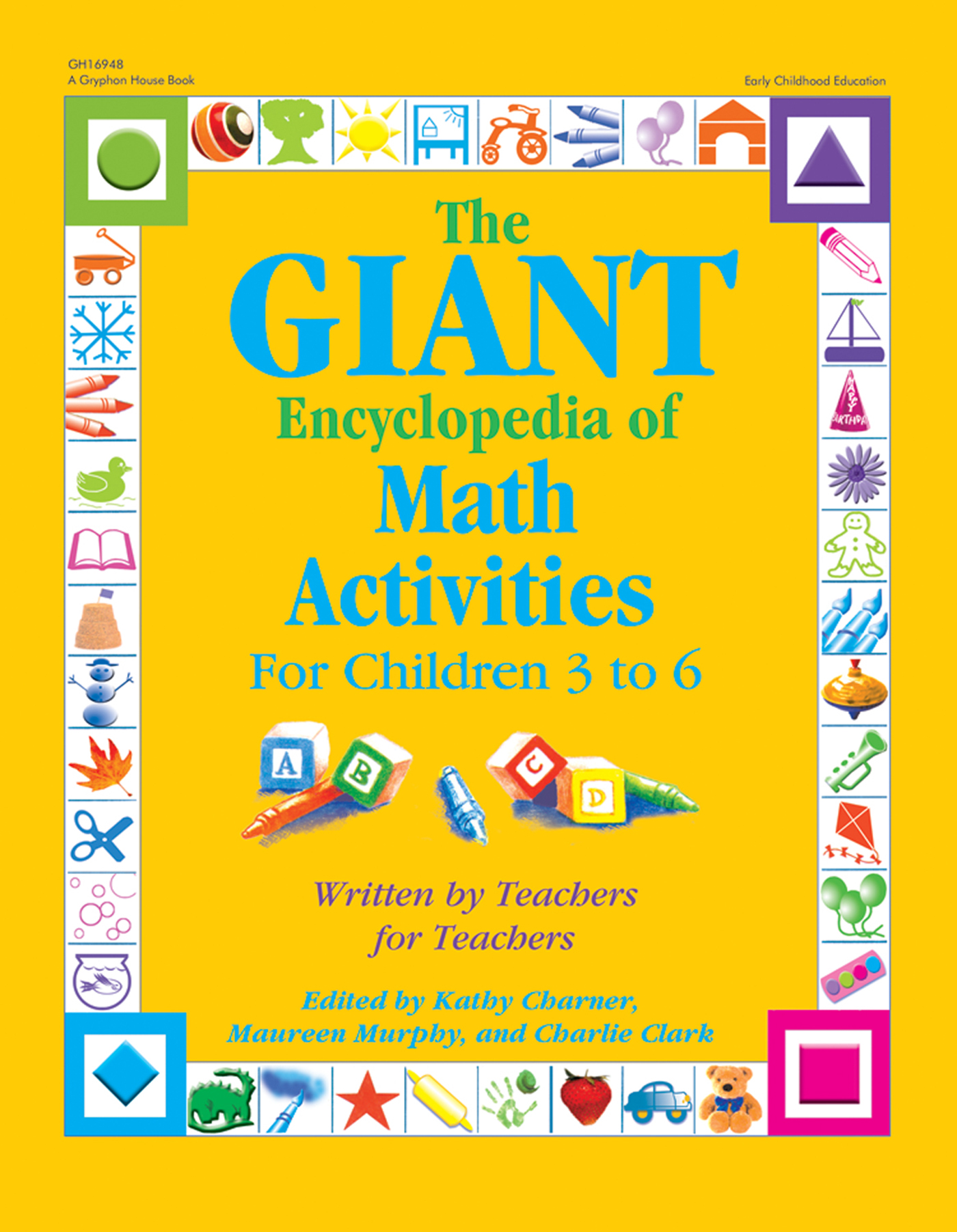Materials
bathroom and kitchen scaleobjects to weigh, such as bags of sugar, flour, potatoes, or onions; boxes ofdetergent and cookies; shoes of different sizes; and so onchart or graph paper and pencilsmall re-sealable bag filled with sugarlarge re-sealable bag filled with corn flakessuitcase
Instructions
1. Show the children two of the objects, such as a five-pound bag of sugar and a 10-pound bag of potatoes. Ask the children to guess which one weighs more.
2. Show the children how to use a bathroom scale to weigh the objects. Let one child weigh the items to see if they guessed correctly.
3. Next, show the children several items and ask them to guess how much each weighs. Record the children's guesses on a chart.
4. Weigh each object (using the appropriate scale) and write the correct weight on the chart or graph. Discuss whether the children's guesses were correct.
5. Have each child estimate how much she weighs. Record the estimations on a chart.
6. Weigh each child and record the child's weight on the chart. Discuss how close the children came to guessing their own weight accurately.
7. Show the children a small plastic bag filled with sugar and a larger plastic bag filled with corn flakes. Ask them which one weighs more, the smaller bag or the larger bag. Keep track of their answers. Weigh the bags. Afterward, point out that bigger does not always mean heavier.
8. Ask older children to figure out how to weigh a suitcase that is too large for the scale. Listen carefully to their suggestions and try some out. If necessary, suggest that one way to weigh the suitcase is to have one child stand on the scale while holding the suitcase and note the total weight. Then subtract the weight of the child from the total weight to determine the weight of the suitcase.
